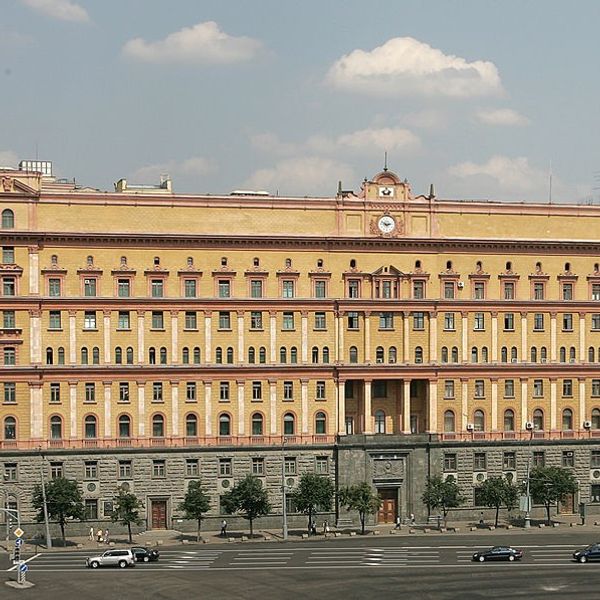Bottom Line Up Front
- Iranian Foreign Minister Mohammad Javad Zarif’s visit to the G-7 meeting on Sunday signals European resistance to the Trump administration’s Iran policy.
- Despite provocative Iranian actions, G-7 European countries continue to seek ways to preserve the 2015 multilateral Iran nuclear agreement.
- President Donald Trump’s refusal to meet with Zarif indicates that U.S. policy still focuses primarily on applying economic pressure rather than diplomacy.
- G-7 countries have policy options to preserve the nuclear deal and to calm tensions with Tehran that cannot necessarily be derailed by U.S. opposition.
At the invitation of French President Emmanuel Macron, the host of the August G-7 meeting, Iran’s Foreign Minister Mohammad Javad Zarif arrived at the margins of the meeting in Biarritz and held meetings with Macron, French Foreign Minister Jean-Yves Le Drian, and British and German diplomats. The ostensible purpose of the invitation to Zarif, according to French officials, was to continue discussions on French proposals to persuade Iran to return to full compliance with the 2015 Joint Comprehensive Plan of Action (JCPOA). The Trump administration abrogated the JCPOA in May 2018 and through a staged process, sanctions were re-imposed on Iran in November 2018. In May 2019, the administration ended all sanctions exceptions for the purchase of Iranian oil, causing a collapse in Iranian oil exports. This move set off a cascade of escalating tensions and Iranian provocations that brought the United States and Iran to the brink of conflict. Among those provocations have been modest violations of some of the JCPOA restrictions on Iran’s nuclear program.
The intent of Macron’s invitation to Zarif was multifaceted. He likely sought to test the Trump administration’s assertion, reiterated by U.S. Treasury Secretary Steven Mnuchin upon Zarif’s arrival in Biarritz, that President Trump is willing to talk with senior Iranian officials without preconditions. However, no Trump-Zarif meeting took place in Biarritz, with President Trump explaining to reporters that ‘I think it’s too soon to meet, I didn’t want to meet.’ At the closing press conferences in Biarritz, President Trump reiterated his willingness, in principle, to meet with Iranian President Hassan Rouhani, while at the same time reiterating his criticism of the JCPOA as a ‘bad deal’ and restating extensive American demands for a revised JCPOA. President Macron expressed hope for a Trump-Rouhani meeting in coming weeks, presumably during the U.N. General Assembly meetings in New York in September. Rouhani at first reacted with willingness to meet Trump, but by Tuesday, pressure from hardliners inside Iran caused him to restate the view that U.S. sanctions must be lifted as a precondition to any direct U.S.-Iran high-level talks, leaving the prospects for the meeting uncertain.
Macron’s invitation to Zarif to join the summit in Biarritz highlighted Macron’s intent to demonstrate European resistance to the Trump administration’s policy of ‘maximum pressure’ on Iran. During the G-7 summit, Macron highlighted his proposals and recent discussions with Iranian leaders, including Zarif, to return Iran to full compliance with the JCPOA in exchange for new European initiatives to deliver to Iran the economic benefits of the JCPOA. One European proposal would involve persuading the Trump administration to provide a U.S. sanctions exception for China to buy larger quantities of Iranian oil. These suggestions directly contradict U.S. policy, which has been to drive Iran’s oil exports ‘as close to zero as possible.’ To date, the administration has categorically refused to reverse its decision in May to end the sanctions exceptions on the purchase of Iranian oil. U.S. officials have even gone to the point of threatening to impose sanctions on a European effort to conduct transactions with Iran through a European special trading vehicle (Instrument in Support of Trading Exchanges, INSTEX). INSTEX, which has begun processing transactions for food and medical sales to Iran, was established with the specific purpose of providing Iran incentive to stay in the JCPOA.
Another European proposal, which might gain traction, involves providing credits to Iran in exchange for future Iranian oil deliveries, contingent on Iran’s return to full compliance with the JCPOA. The proposal presents the Trump administration with a dilemma, because no U.S. sanction would clearly or effectively apply to any European decision to provide official credits or cash grants to Iran. Indicating tacit backing for—or perhaps acquiescence to—the proposal at the G-7 final press conference, President Trump discussed the plan as credits to be provided by multiple countries, and to be secured by Iranian oil. He did not indicate the United States would participate as a creditor. If the administration backs the plan, doing so would likely represent a recognition that the United States has limited ability to prevent its implementation. The plan, if conducted on a large enough scale, has the potential to calm U.S.-Iran tensions more broadly by easing Tehran’s financial difficulties.










